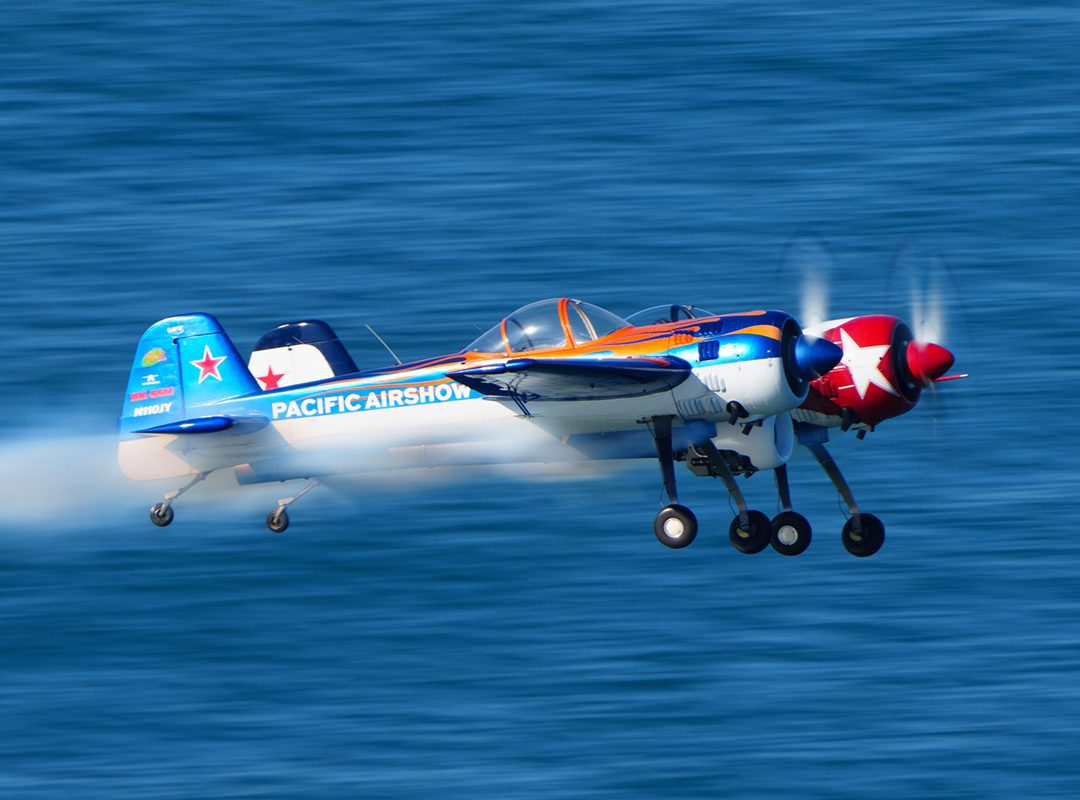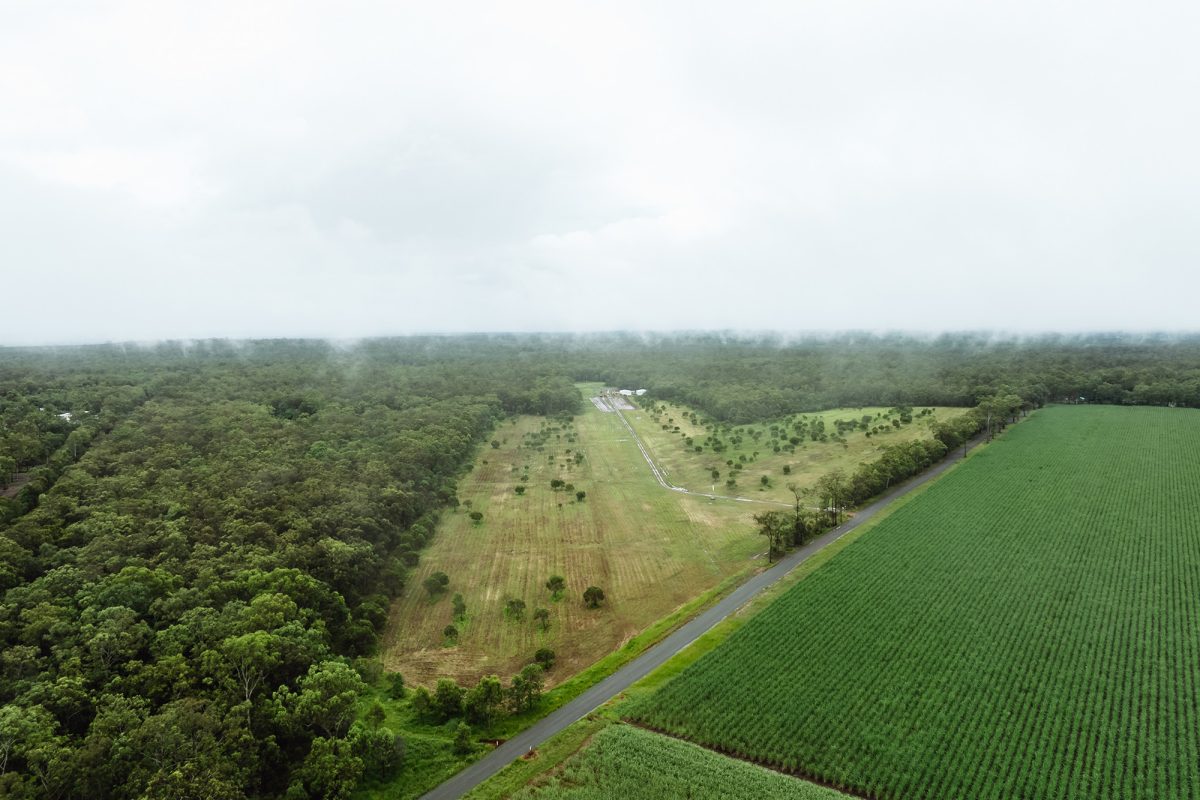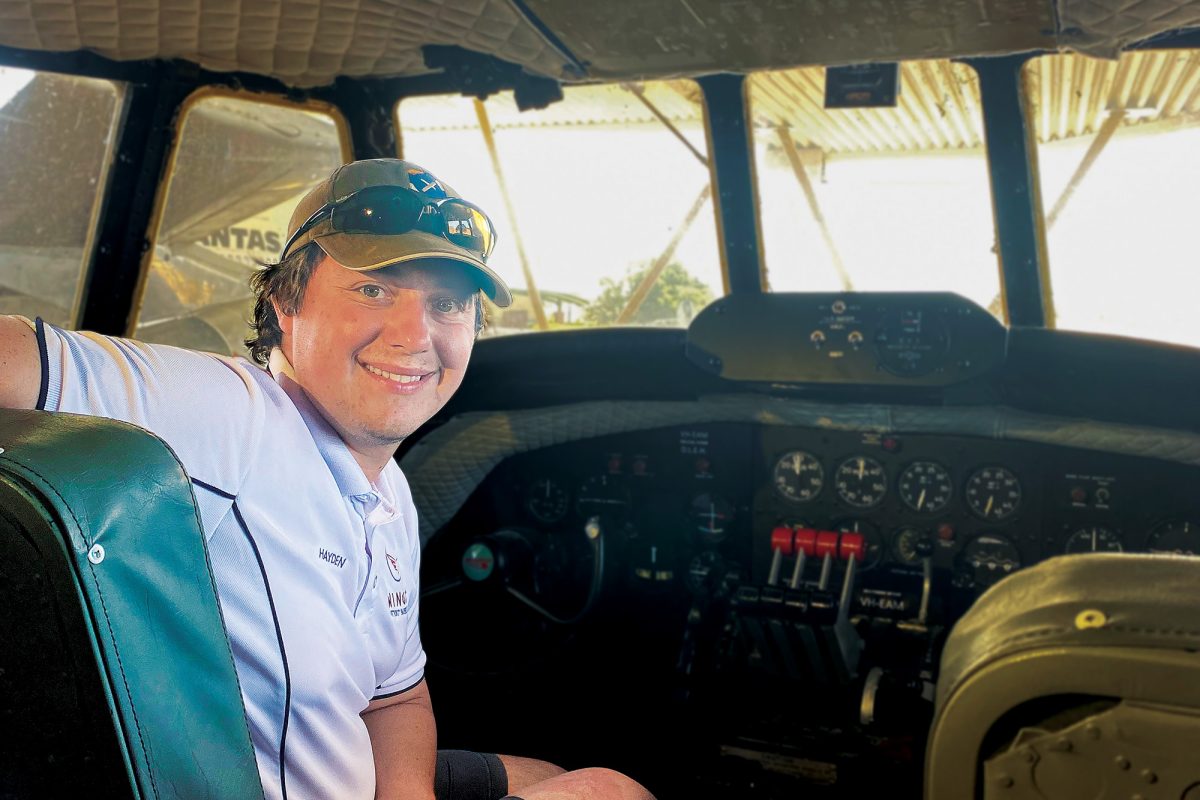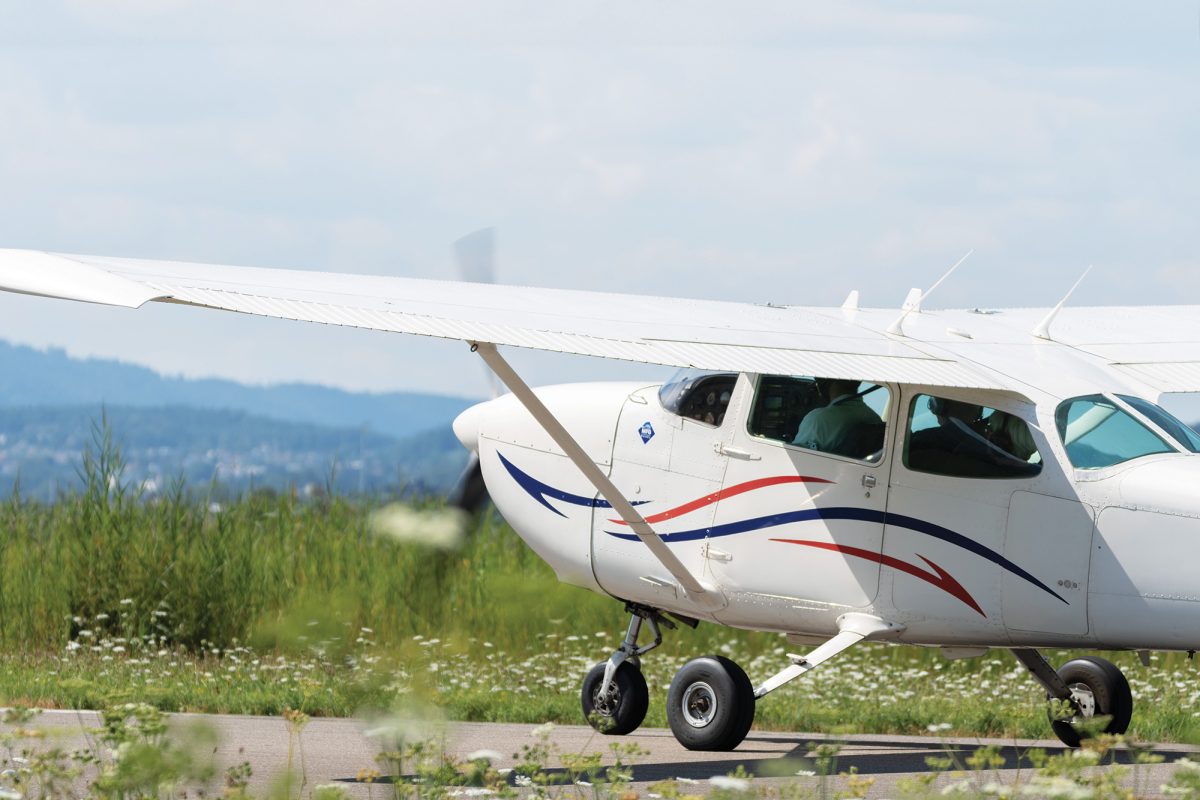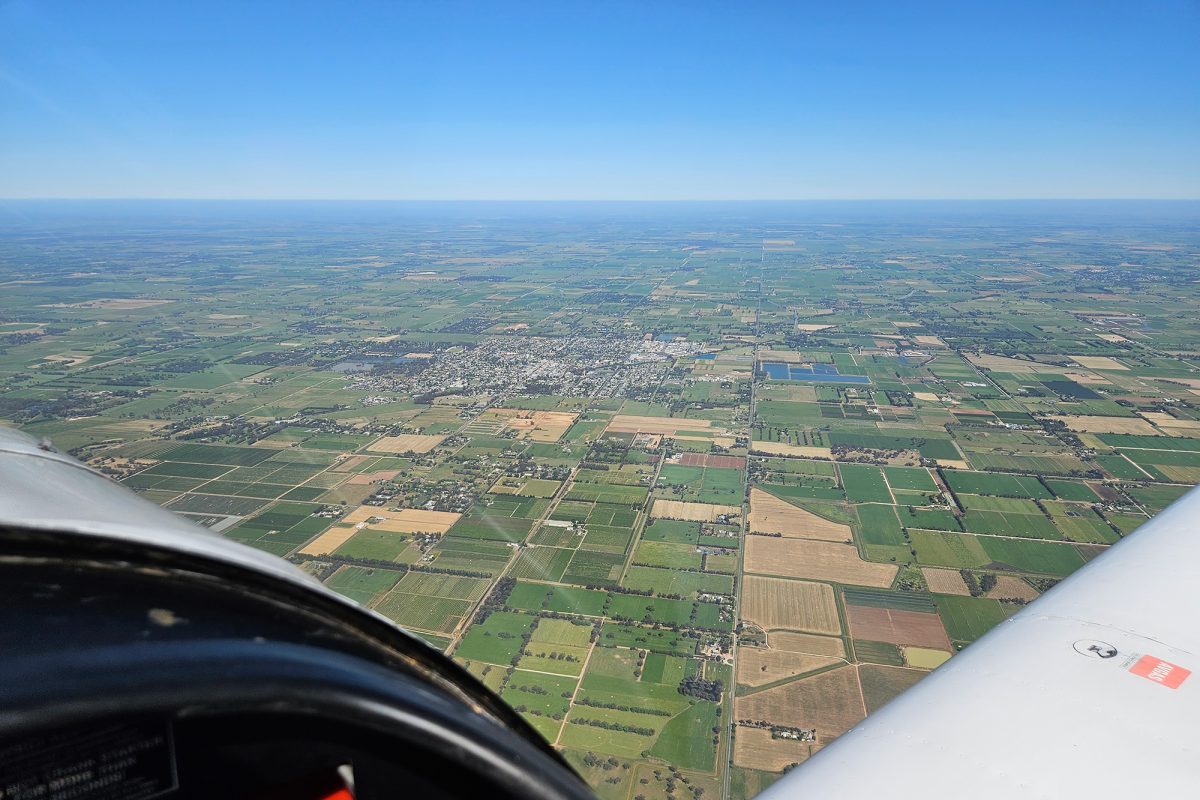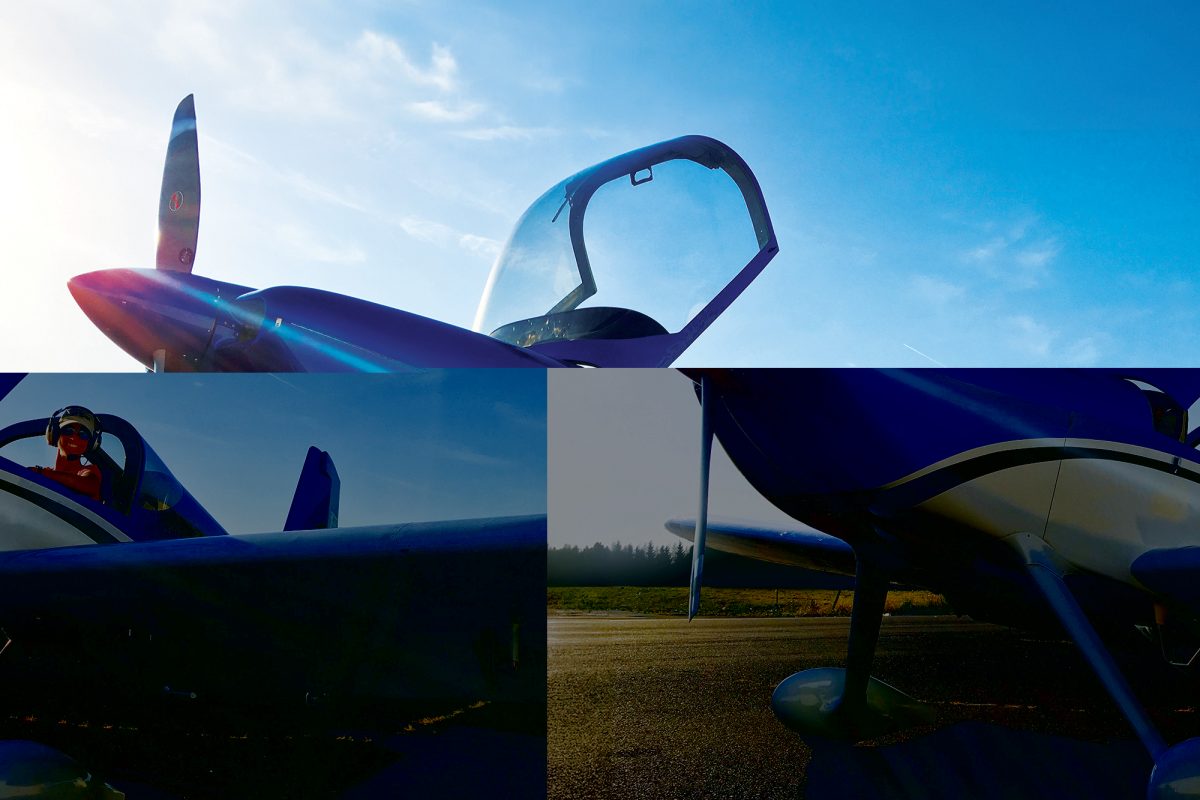OCT – DEC 2022 SAFETY DATA
- 2 Fatal Accidents
- 5 Aircraft Destroyed
- 17 Aircraft Damaged
- 5 Injuries
FATAL ACCIDENT SUMMARY 2022
RAAus saw an increase in the number of fatal accidents recorded in 2022, with six fatal accidents between May and December 2022. This is up from the five-year average of three fatal accidents per year, and 10-year average of five fatal accidents per year.
Whilst investigations into the causes of these accidents are still in progress by the relevant authorities, preliminary findings indicate a number of common contributing factors. In particular, human factors and decision-making continues to be a key factor in fatal accidents.
Weather
Weather is believed to be a contributing factor in relation to at least two fatal accidents in 2022. Pilots are reminded of the requirement to obtain authorised weather forecasts prior to flight and to avoid the temptation to push on into deteriorating weather conditions.
Low Level
Flight conducted at low level is believed to be a contributing factor in relation to at least two fatal accidents in 2022. All pilots are reminded of the minimum height rules which require pilots to operate no lower than 500ft above ground level (AGL), or 1000ft AGL over a populous area, except during the process of take-off or landing.
Pilots operating at low level must conduct training for the issue of a low level endorsement and must have landowner permission prior to flight.
Mid-Air Collision
One RAAus fatal accident in 2022 involved a mid-air collision between an RAAus aircraft and a glider. Pilots are reminded of the importance of staying alert and the ‘see and avoid’ method, particularly when operating within the vicinity of an airfield. Pilots must maintain an active lookout and make a radio broadcast whenever it is reasonably necessary to do so to avoid a collision, or the risk of a collision, with another aircraft.
In addition to the above factors, pilot currency and experience was likely an additional factor in multiple fatal accidents in 2022.
COMPLIANCE
RAAus would like to remind all pilots, aircraft owners, and maintainers to regularly review their compliance requirements prior to operating or maintaining an aircraft.
The following non-compliances are commonly identified within RAAus operations:
Member Non-Compliances
- Conduct of flight by pilot without a current BFR
- Operation of an unregistered aircraft
- Flight conducted without holding current RAAus membership
- Maintenance of an aircraft without holding a current maintenance authority
Maintenance Non-Compliances
- Failure to complete instrument and transponder calibration requirements, required every 24 months
- Failure to comply with mandatory service bulletin requirements
OCCURRENCE SUMMARIES
Occurrence Classification: Impact with Terrain
Operation type: Private
Injuries: Minor
Damage: Substantial
A pilot and passenger departed on a local flight around midday. During take-off the aircraft stopped climbing and impacted trees, coming to rest in flood waters. The pilot and passenger received minor injuries and the aircraft received substantial damage.
Investigation by RAAus identified that the accident likely occurred due to a number of factors, including:
- The aircraft likely exceeded the maximum take-off weight permitted for the aircraft
- The temperature was 34 degrees Celsius with a density altitude of 2730 feet
- Insufficient runway length was available based on the performance calculations for the aircraft
In addition to the above factors, a number of additional factors were identified that increased the risk within this accident:
- The pilot did not hold a current BFR or passenger carrying endorsement
- The aircraft did not have a current annual inspection
- The aircraft likely contained aged fuel which was not drained prior to flight, although the aircraft is understood to have been topped up with fresh fuel
Review of this matter is ongoing by RAAus, however, a number of breaches of the Civil Aviation Act were identified which require reporting to the Civil Aviation Safety Authority (CASA). Members are reminded of the importance to ensure all regulatory requirements are met prior to flight. Failure to comply with regulations may result in significant penalties, including imprisonment.
Occurrence Classification: Hazard
Operation type: N/A
Injuries: Nil
Damage: Nil
During a pre-flight inspection a pilot identified that the tail covers were not present on the aircraft. It was suspected that the covers had become dislodged by recent wind conditions. Closer inspection of the aircraft identified a bird’s nest in the tail section of the aircraft. All foreign material was removed and a borescope was used to inspect the area to ensure no damage had occurred, including an inspection of control rods, cables, and wiring.
Pilots are reminded of the importance of conducting a thorough daily inspection to ensure aircraft are not impacted by animals, including birds and mud wasps which may impact the safe operation of an aircraft. This is particularly important for aircraft which are stored outdoors, however, may also occur within hangered aircraft. Any signs of interference by animals should be thoroughly examined for signs of possible damage. The use of aircraft covers, including pitot covers, may assist in reducing the likelihood of animal access.
Occurrence Classification: Hard Landing
Operation type: Flight Training – Dual
Injuries: Nil
Damage: Minor
An instructor and student were conducting circuits with approximately 8kts of wind down the runway. During landing the round out was normal but during the hold-off at approximately two feet, the student unexpectedly pushed the nose onto the ground. The aircraft bounced and the instructor immediately took control and landed the aircraft. Post flight inspection identified damage to the nosewheel.
This occurrence highlights the importance of control management for instructors. The student was debriefed by the instructor and conducted further training.
Occurrence Classification: Loss of Control
Operation type: Private
Injuries: Minor
Damage: Substantial
A pilot was conducting a landing on a one-way private strip. The aircraft touched down with a slight bounce and roll-out was faster than normal due to a tail wind. The aircraft veered to the right, and the pilot attempted to control direction by applying left rudder and brake. Directional control was unable to be corrected and the aircraft was veering towards a fence. The pilot then applied both brakes to avoid impacting the fence at which time the tail came up, the propeller impacted the ground, and the aircraft flipped over onto its back. The aircraft sustained substantial damage including major damage to the engine and propeller.
Review of this occurrence determined that conditions were likely not suitable for a one-way strip due to the tailwind conditions. Members are reminded of the importance of reviewing local conditions, particularly during take-off and landing, and to avoid operating with a tail-wind wherever possible. Tail-wind and crosswind conditions are regularly reported following loss of control events during take-off or landing.


